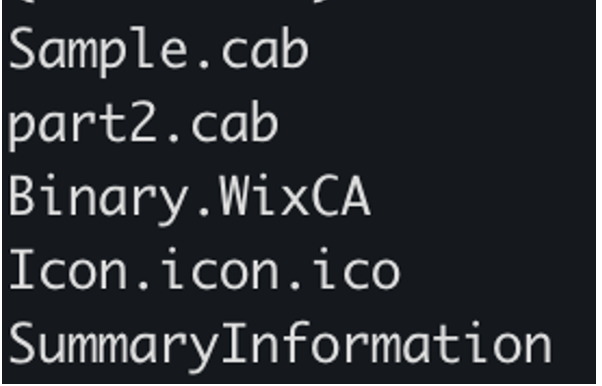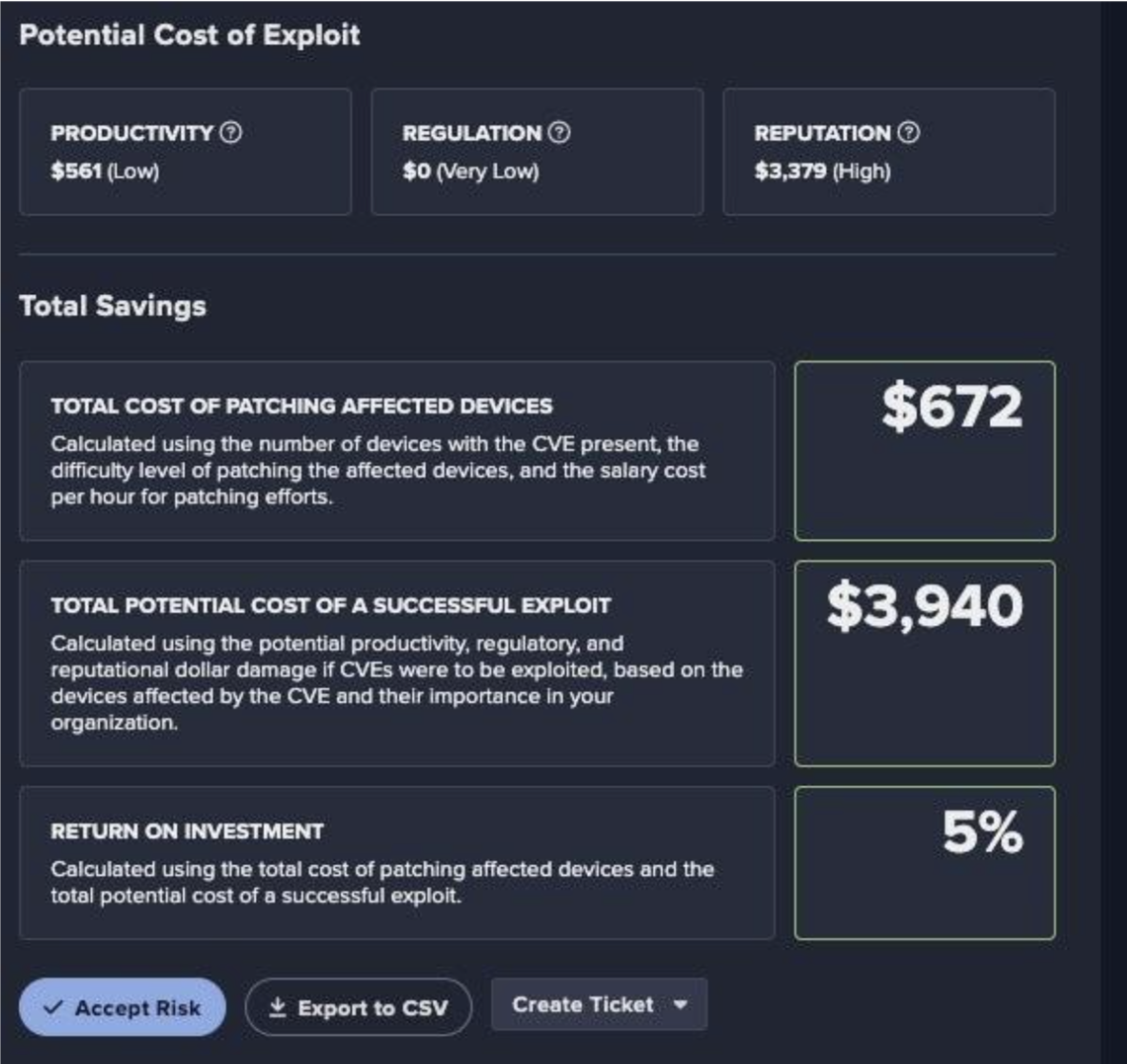The need for security and continued cyber resilience
The UK government has made national security a key priority, and the new Cyber Security and Resilience Bill (CSRB) is a direct reflection of that focus. In introducing the Bill, Secretary of State for Science, Innovation and Technology, Peter Kyle, recognised that the UK is “desperately exposed” to cyber threats—from criminal groups to hostile nation-states that are increasingly targeting the UK's digital systems and critical infrastructure[1].
Context and timeline for the new legislation
First announced during the King’s Speech of July 2024, and elaborated in a Department for Science, Innovation and Technology (DSIT) policy statement published in April 2025, the CSRB is expected to be introduced in Parliament during the 2025-26 legislative session.
For now, organisations in the UK remain subject to the 2018 Network and Information Systems (NIS) Regulations – an EU-derived law which was drafted before today’s increasing digitisation of critical services, rise in cloud adoption and emergence of AI-powered threats.
Why modernisation is critical
Without modernisation, the Government believes UK’s infrastructure and economy risks falling behind international peers. The EU, which revised its cybersecurity regulation under the NIS2 Directive, already imposes stricter requirements on a broader set of sectors.
The urgency of the Bill is also underscored by recent high-impact incidents, including the Synnovis attack which targeted the National Health Service (NHS) suppliers and disrupted thousands of patient appointments and procedures[2]. The Government has argued that such events highlight a systemic failure to keep pace with a rapidly evolving threat landscape[3].
What the Bill aims to achieve
This Bill represents a decisive shift. According to the Government, it will modernise and future‑proof the UK’s cyber laws, extending oversight to areas where risk has grown but regulation has not kept pace[4]. While the legislation builds on previous consultations and draws lessons from international frameworks like the EU’s NIS2 directive, it also aims to tailor solutions to the UK’s unique threat environment.
Importantly, the Government is framing cybersecurity not as a barrier to growth, but as a foundation for it. The policy statement emphasises that strong digital resilience will create the stability businesses need to thrive, innovate, and invest[5]. Therefore, the goals of the Bill will not only be to enhance security but also act as an enabler to innovation and economic growth.
Recognition that AI changes cyber threats
The CSRB policy statement recognises that AI is fundamentally reshaping the threat landscape, with adversaries now leveraging AI and commercial cyber tools to exploit vulnerabilities in critical infrastructure and supply chains. Indeed, the NCSC has recently assessed that AI will almost certainly lead to “an increase in the frequency and intensity of cyber threats”[6]. Accordingly, the policy statement insists that the UK’s regulatory framework “must keep pace and provide flexibility to respond to future threats as and when they emerge”[7].
To address the threat, the Bill signals new obligations for MSPs and data centres, timely incident reporting and dynamic guidance that can be refreshed without fresh primary legislation, making it essential for firms to follow best practices.
What might change in day-to-day practice?
New organisations in scope of regulation
Under the existing Network and Information Systems (NIS) Regulations[8], the UK already supervises operators in five critical sectors—energy, transport, drinking water, health (Operators of Essential Services, OES) and digital infrastructure (Relevant Digital Service Providers, RDSPs).
The Cyber Security and Resilience Bill retains this foundation and adds Managed Service Providers (MSPs) and data centres to the scope of regulation to “better recognise the increasing reliance on digital services and the vulnerabilities posed by supply chains”[9]. It also grants the Secretary of State for Science, Innovation and Technology the power to add new sectors or sub‑sectors via secondary legislation, following consultation with Parliament and industry.
Managed service providers (MSPs)
MSPs occupy a central position within the UK’s enterprise information‑technology infrastructure. Because they remotely run or monitor clients’ systems, networks and data, they hold privileged, often continuous access to multiple environments. This foothold makes them an attractive target for malicious actors.
The Bill aims to bring MSPs in scope of regulation by making them subject to the same duties as those placed on firms that provide digital services under the 2018 NIS Regulations. By doing so, the Bill seeks to raise baseline security across thousands of customer environments and to provide regulators with better visibility of supply‑chain risk.
The proposed definition for MSPs is a service which:
- Is provided to another organisation
- Relies on the use of network and information systems to deliver the service
- Relates to ongoing management support, active administration and/or monitoring of AI systems, IT infrastructure, applications, and/or IT networks, including for the purpose of activities relating to cyber security.
- Involves a network connection and/or access to the customer’s network and information systems.
Data centres
Building on the September 2024 designation of data centres as critical national infrastructure, the CSRB will fold data infrastructure into the NIS-style regime by naming it an “relevant sector" and data centres as “essential service”[10].
About 182 colocation facilities run by 64 operators will therefore come under statutory duties to notify the regulator, maintain proportionate CAF-aligned controls and report significant incidents, regardless of who owns them or what workloads they host.
New requirements for regulated organisations
Incident reporting processes
There could be stricter timelines or broader definitions of what counts as a reportable incident. This might nudge organisations to formalise detection, triage, and escalation procedures.
The Government is proposing to introduce a new two-stage incident reporting process. This would include an initial notification which would be submitted within 24 hours of becoming aware of a significant incident, followed by a full incident report which should be submitted within 72 hours of the same.
Supply chain assurance requirements
Supply chains for the UK's most critical services are becoming increasingly complex and present new and serious vulnerabilities for cyber-attacks. The recent Synnovis ransomware attacks on the NHS[11] exemplify the danger posed by attacks against the supply chains of important services and organisations. This is concerning when reflecting on the latest Cyber Security Breaches survey conducted by DSIT, which highlights that fewer than 25% of large businesses review their supply chain risks[12].
Despite these risks, the UK’s legacy cybersecurity regulatory regime does not explicitly cover supply chain risk management. The UK instead relies on supporting and non-statutory guidance to close this gap, such as the NCSC’s Cyber Assessment Framework (CAF)[13].
The CSRB policy statement acts on this regulatory shortcoming and recognises that “a single supplier’s disruption can have far-reaching impacts on the delivery of essential or digital services”[14].
To address this, the Bill would make in-scope organisations (OES and RDPS) directly accountable for the cybersecurity of their supply chains. Secondary legislation would spell out these duties in detail, ensuring that OES and RDSPs systematically assess and mitigate third-party cyber risks.
Updated and strengthened security requirements
By placing the CAF into a firmer footing and backing it with a statutory Code of Practice, the Government is setting clearer expectations about government expectations on technical standards and methods organisations will need to follow to prove their resilience.
How Darktrace can help support affected organizations
Demonstrate resilience
Darktrace’s Self-Learning AITM continuously monitors your digital estate across cloud, network, OT, email, and endpoint to detect, investigate, and autonomously respond to emerging threats in real time. This persistent visibility and defense posture helps organizations demonstrate cyber resilience to regulators with confidence.
Streamline incident reporting and compliance
Darktrace surfaces clear alerts and automated investigation reports, complete with timeline views and root cause analysis. These insights reduce the time and complexity of regulatory incident reporting and support internal compliance workflows with auditable, AI-generated evidence.
Improve supply chain visibility
With full visibility across connected systems and third-party activity, Darktrace detects early indicators of lateral movement, account compromise, and unusual behavior stemming from vendor or partner access, reducing the risk of supply chain-originated cyber-attacks.
Ensure MSPs can meet new standards
For managed service providers, Darktrace offers native multi-tenant support and autonomous threat response that can be embedded directly into customer environments. This ensures consistent, scalable security standards across clients—helping MSPs address increasing regulatory obligations.
[related-resource]
References
[2] https://www.england.nhs.uk/2024/06/synnovis-cyber-attack-statement-from-nhs-england/
[6] https://www.ncsc.gov.uk/report/impact-ai-cyber-threat-now-2027
[8] https://www.gov.uk/government/collections/nis-directive-and-nis-regulations-2018
[11] https://www.england.nhs.uk/2024/06/synnovis-cyber-attack-statement-from-nhs-england/
[13] https://www.ncsc.gov.uk/collection/cyber-assessment-framework
See Darktrace's Products & Solutions
Darktrace's industry leading products and solutions provide help defenders stay ahead of known and novel threats.
.avif)




















.jpg)









.jpeg)



%5B2%5D%20copy.avif)







